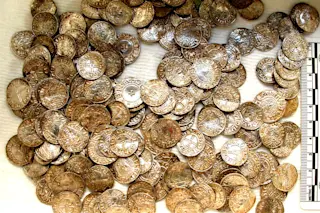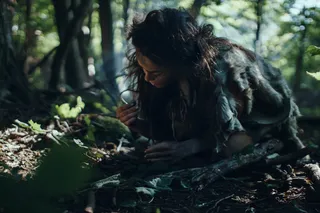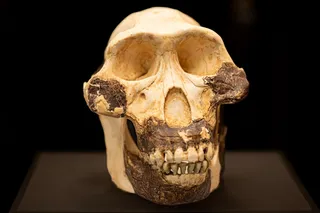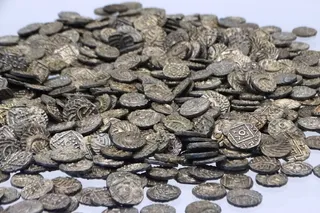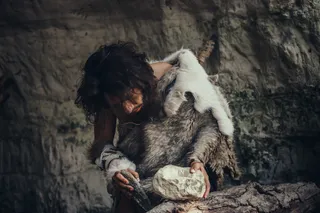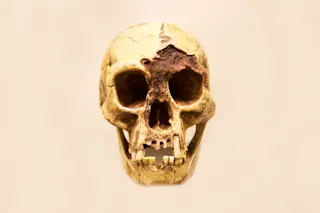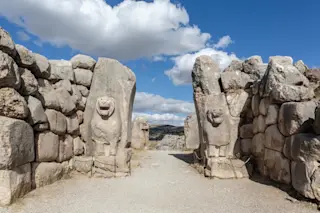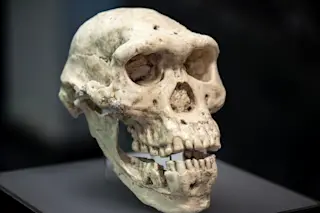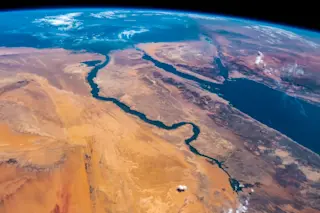On a wintry December day, in a farmer’s barn tucked into the English countryside, Peter Welch was setting out snacks for fellow metal-detector enthusiasts when one of them came in and said, “You’d better have a look at this.”
Welch tramped up a hill to where half a dozen people gathered around a freshly dug hole. In the cold ground was a handful of 11th-century coins, the first of more than 5,000 that would be found at the site as the excavation progressed. The discovery — one of the largest hoards of Saxon coins ever found in the United Kingdom — could be valued at more than $1.5 million.
For Welch, founder and owner of the Weekend Wanderers Detecting Club, the sheer thrill of the find was the proverbial pot of gold at the end of a rainbow called Google Earth.
The descendant of a CIA-funded project, Google Earth has ...


